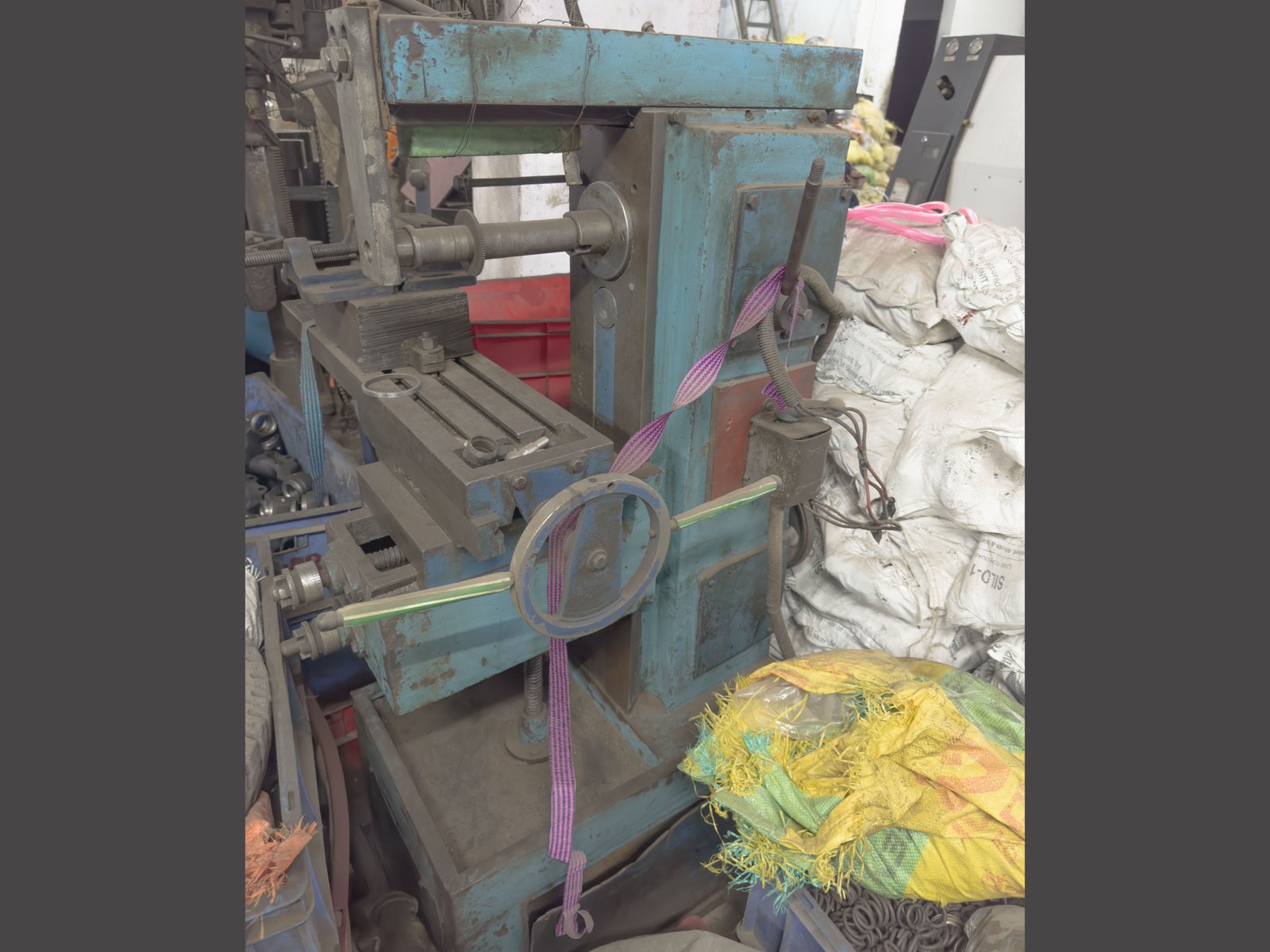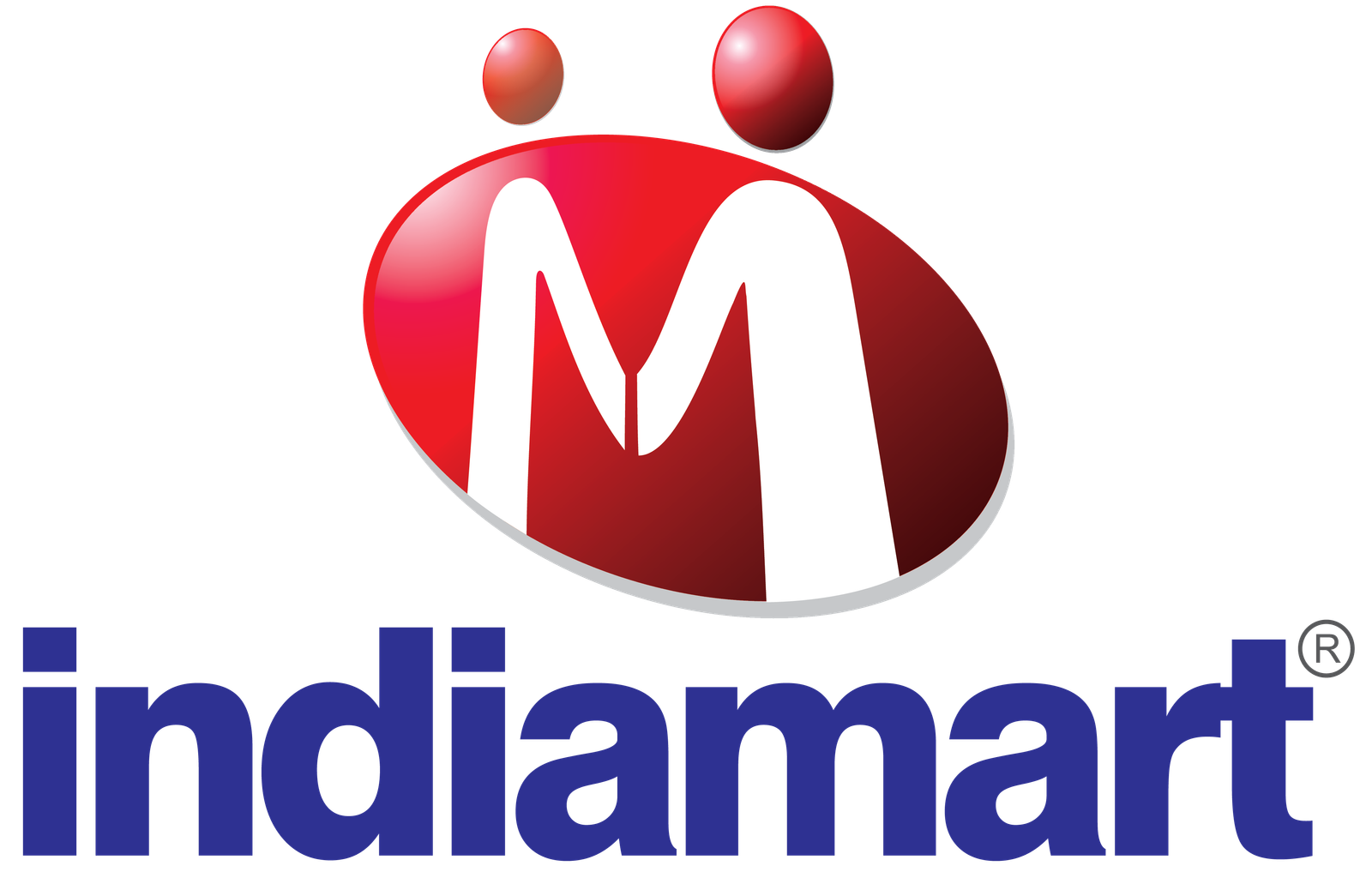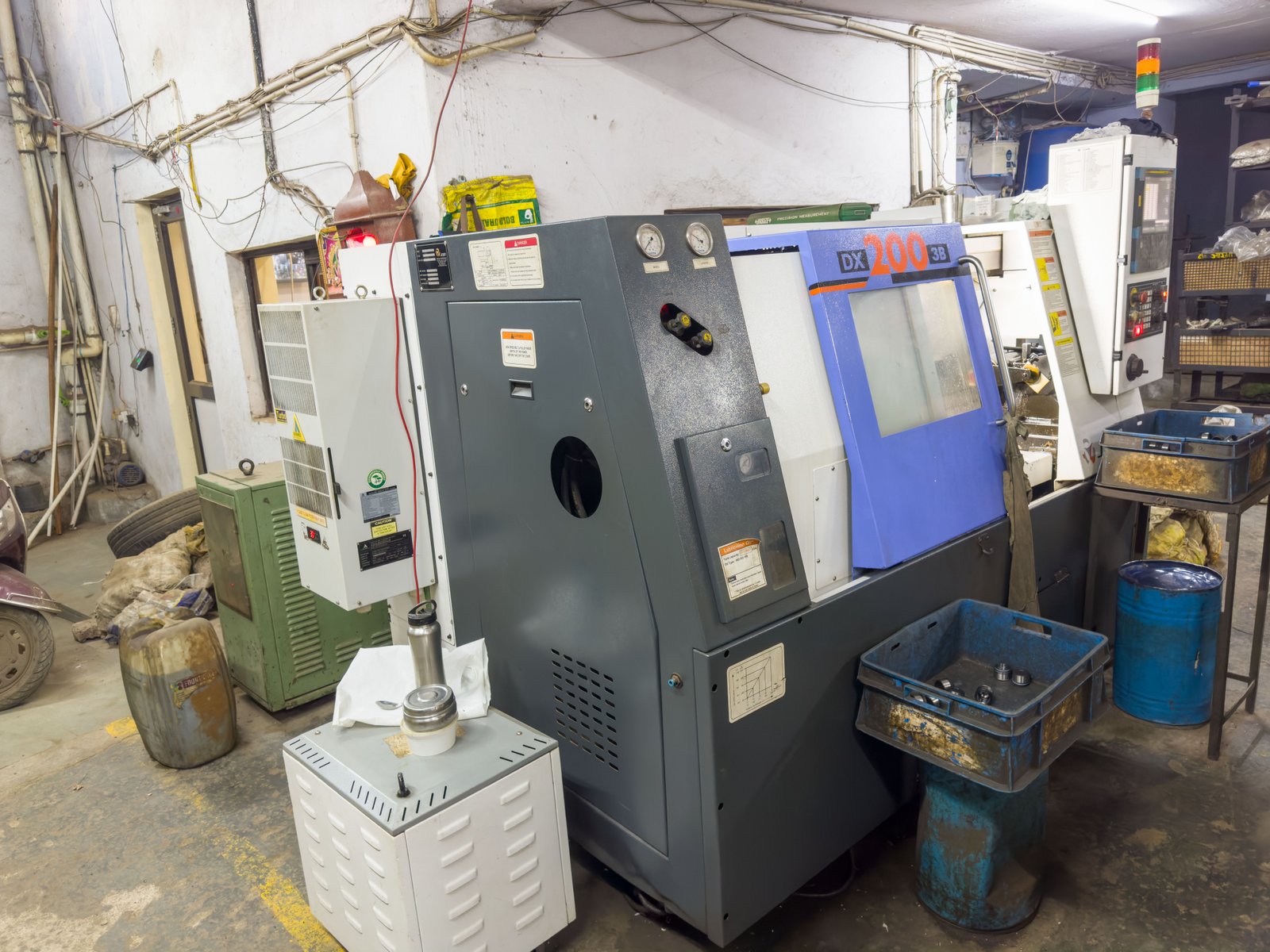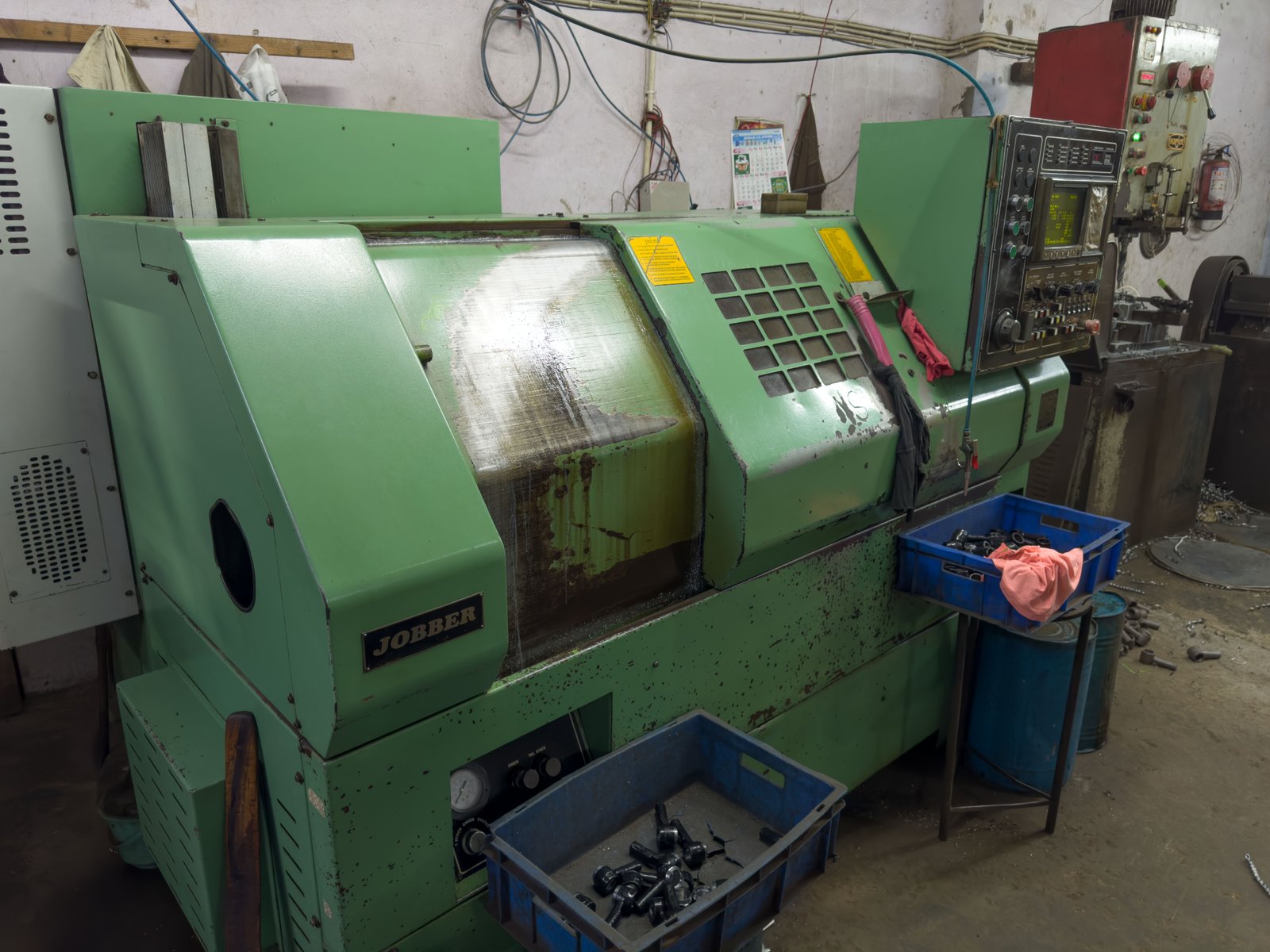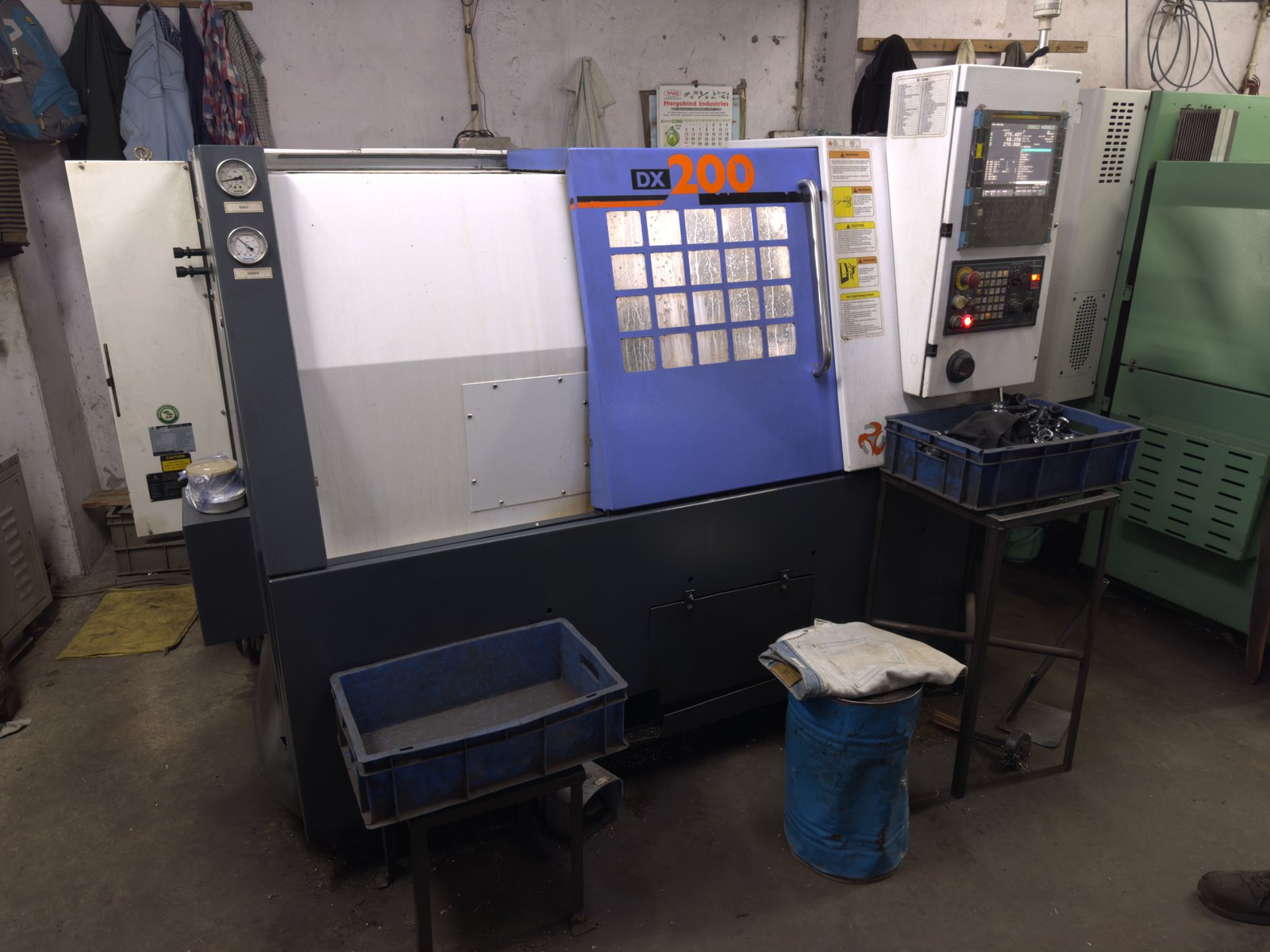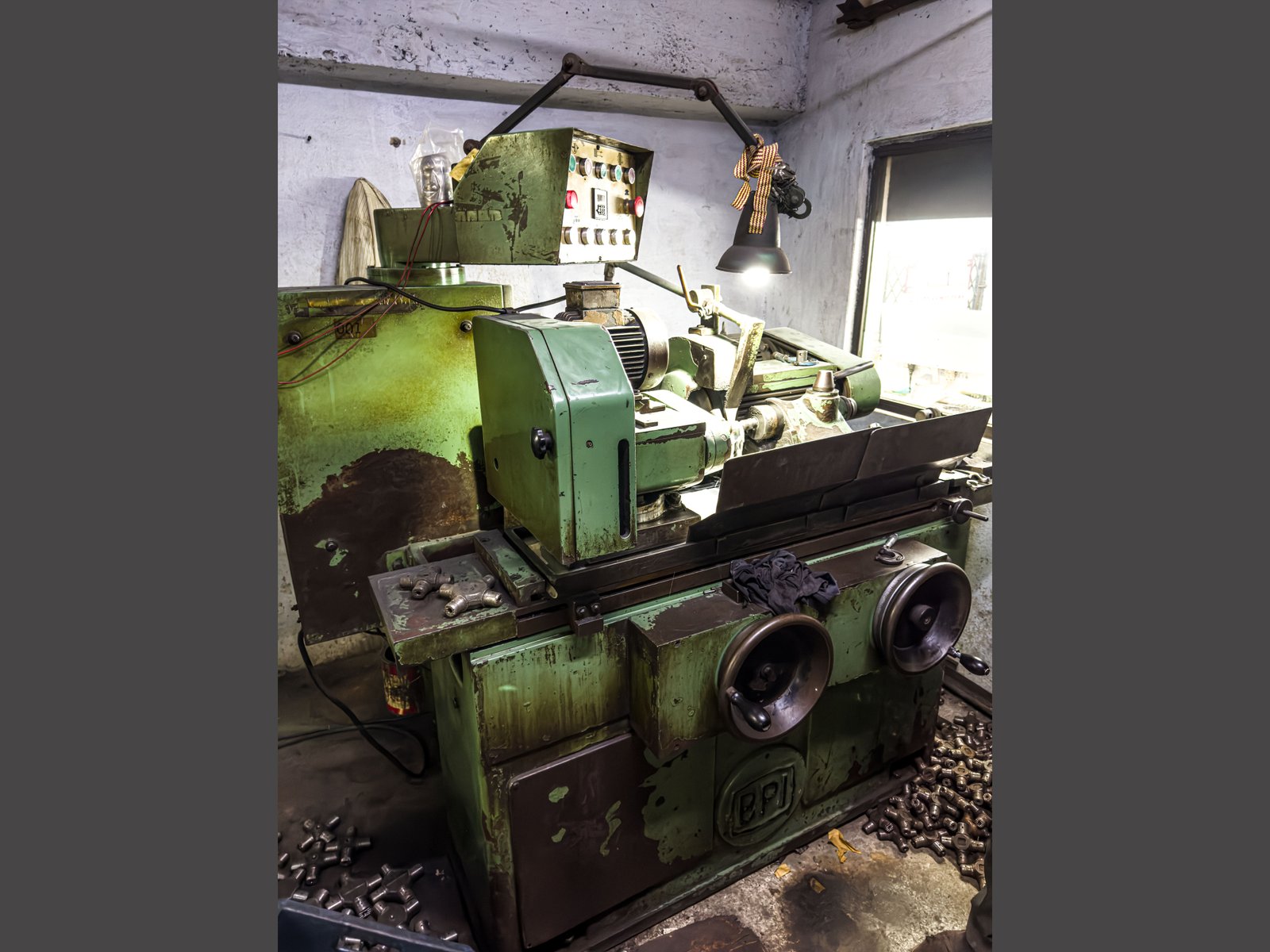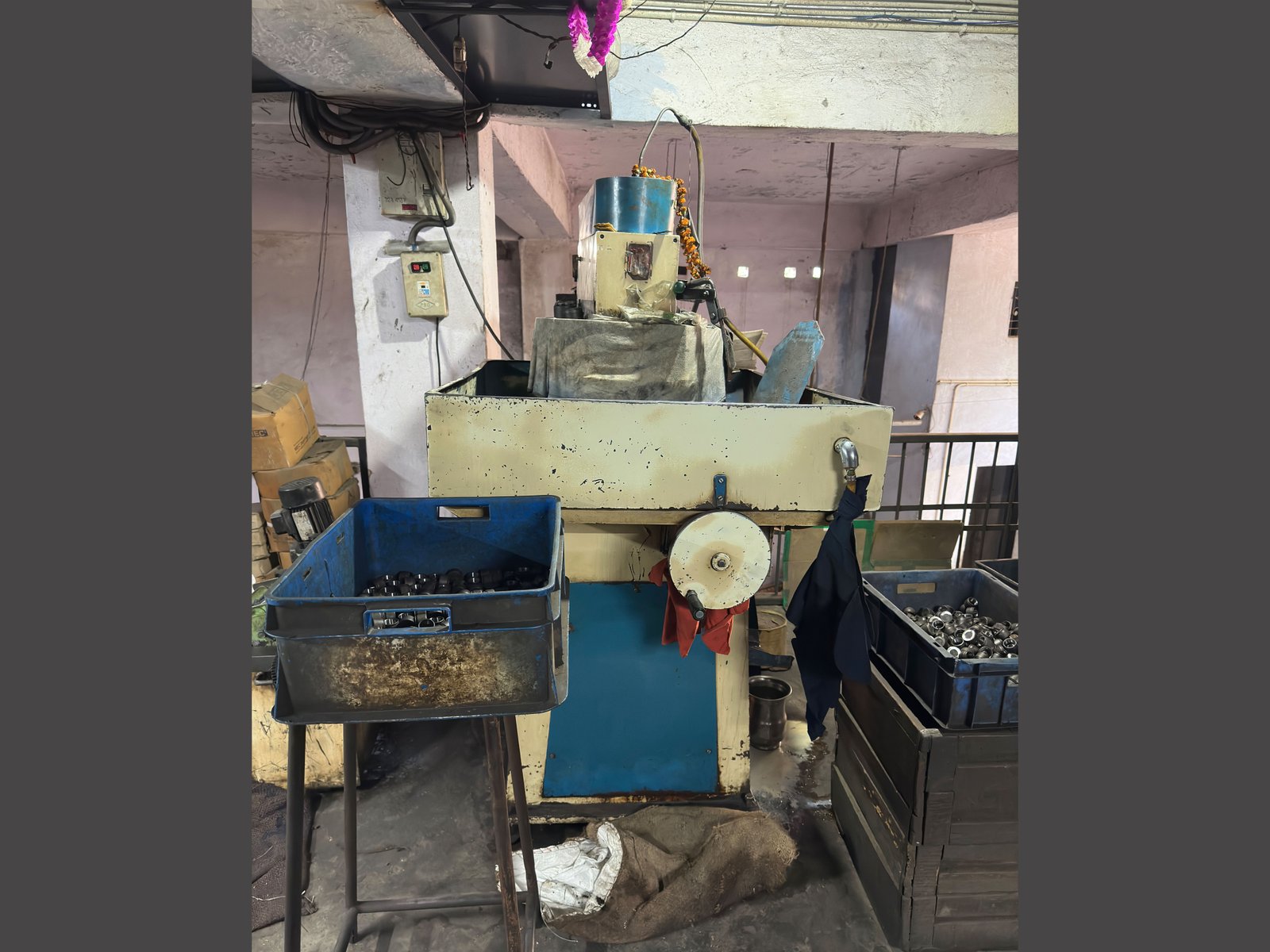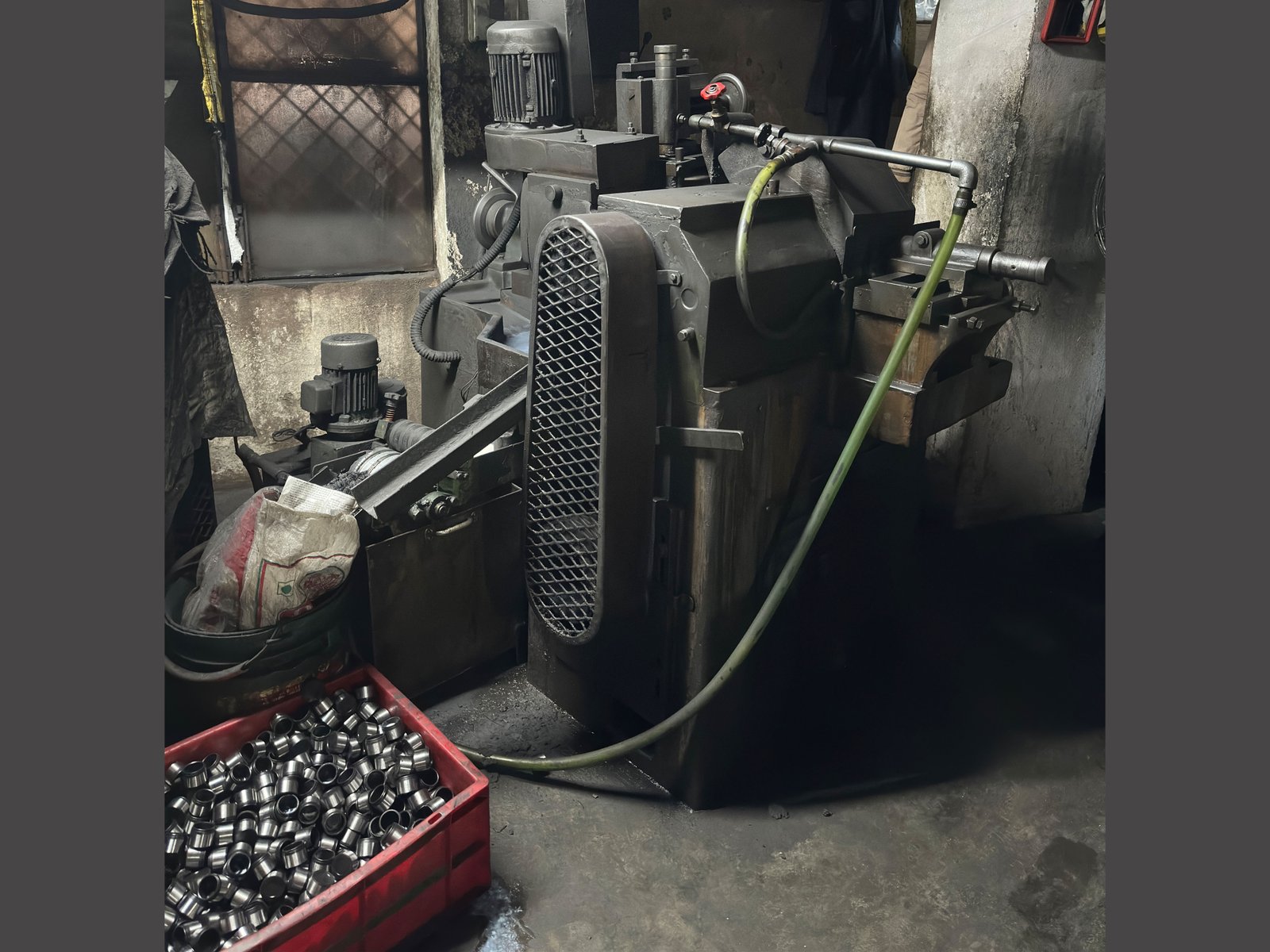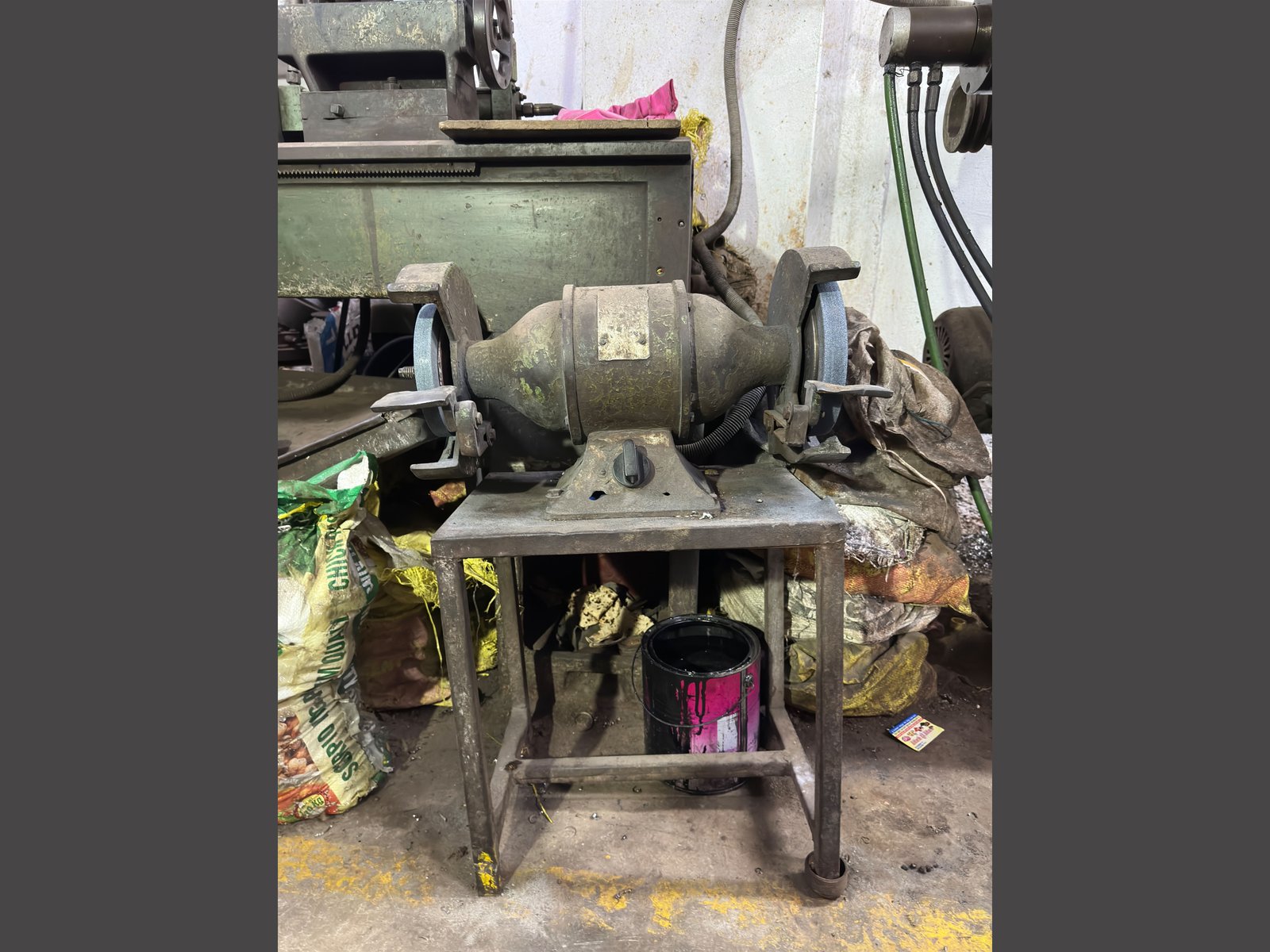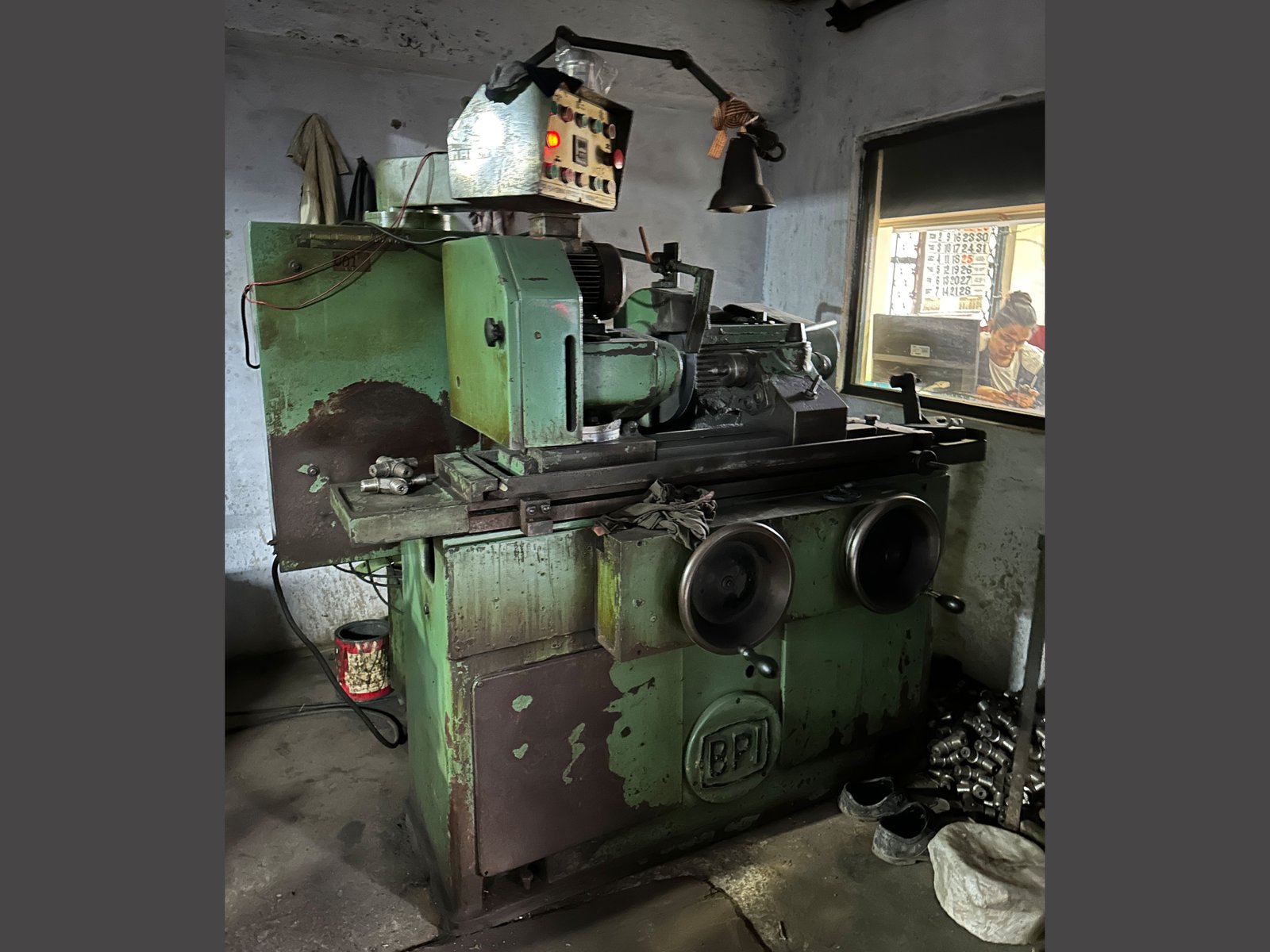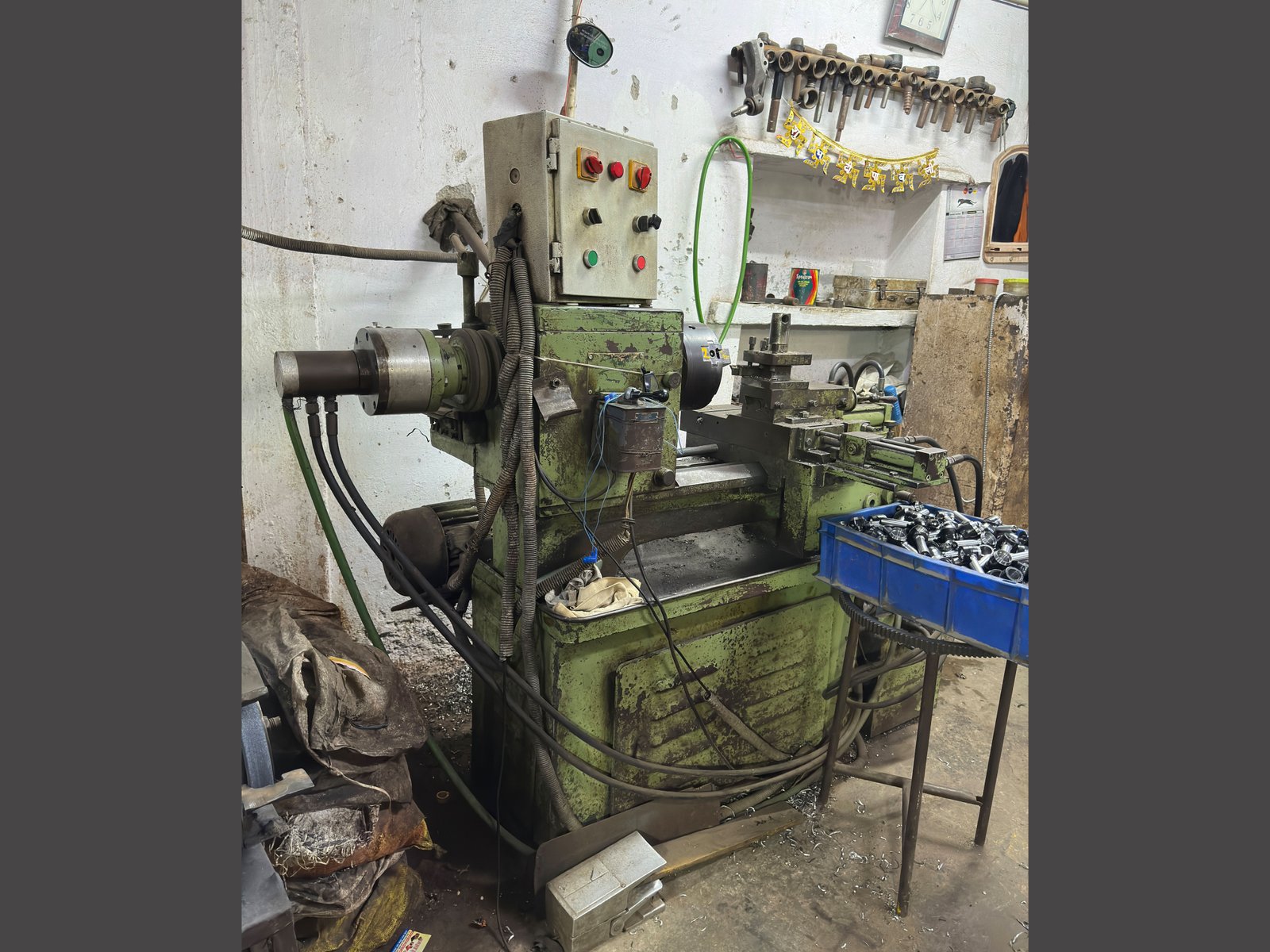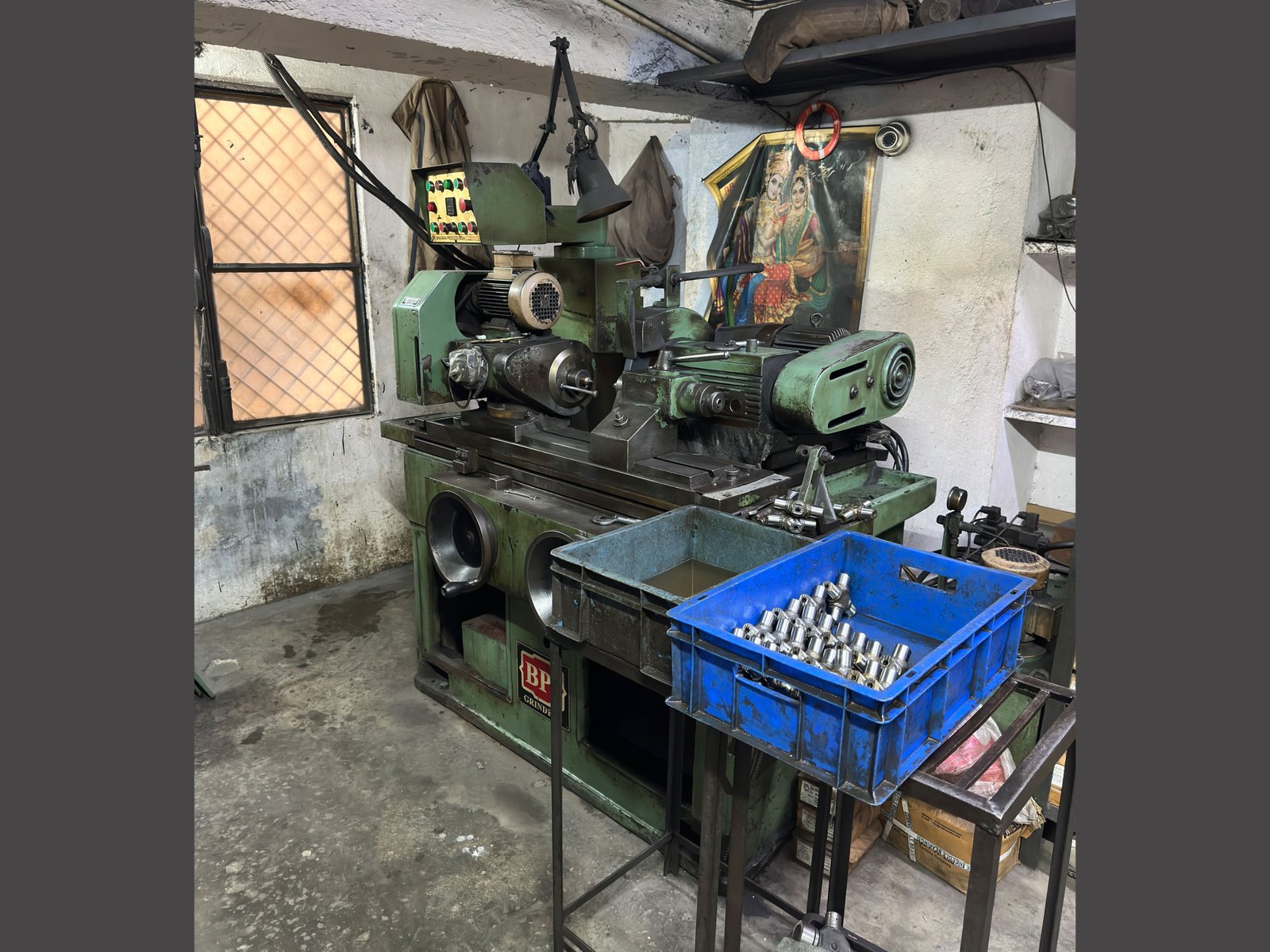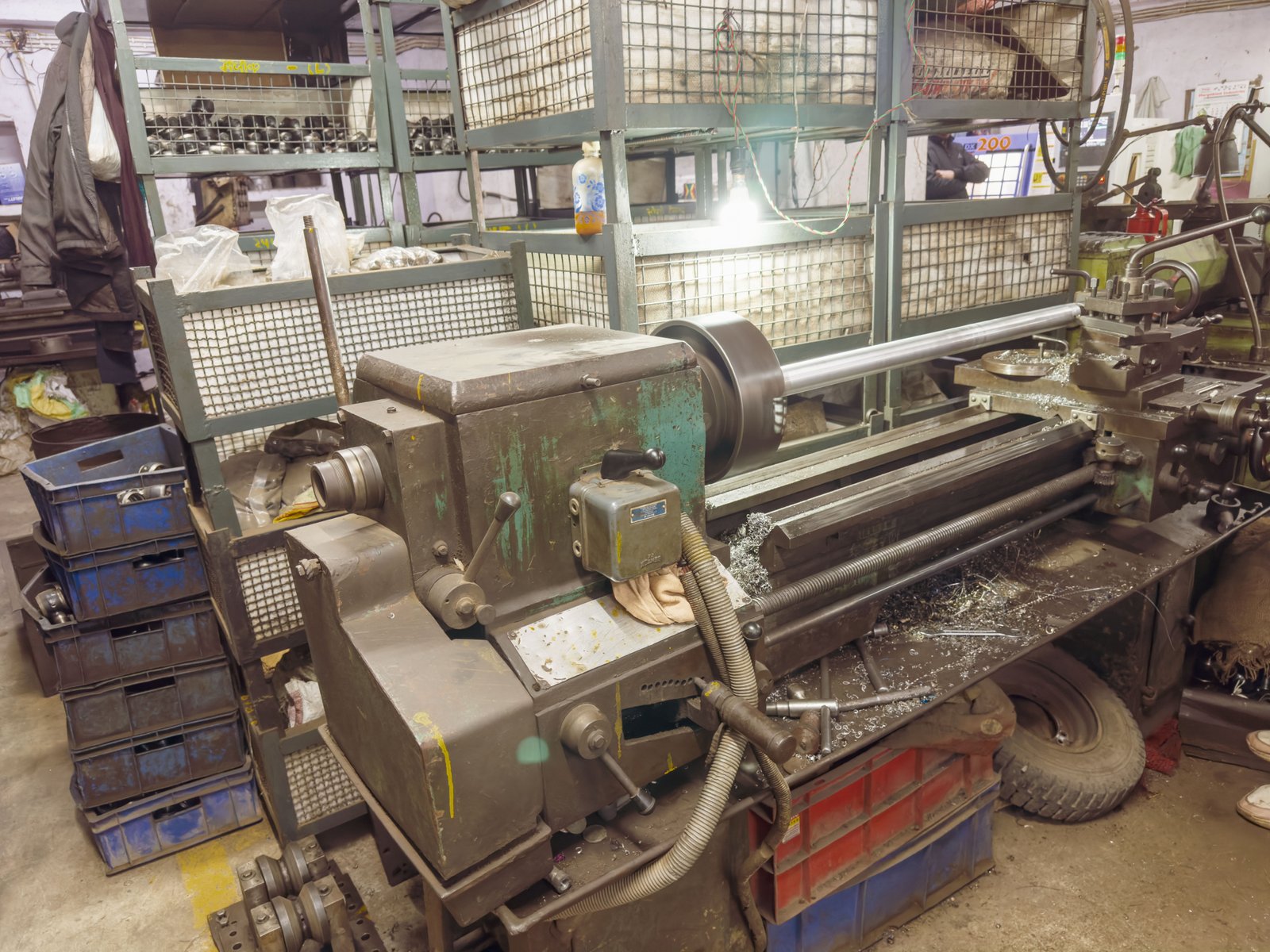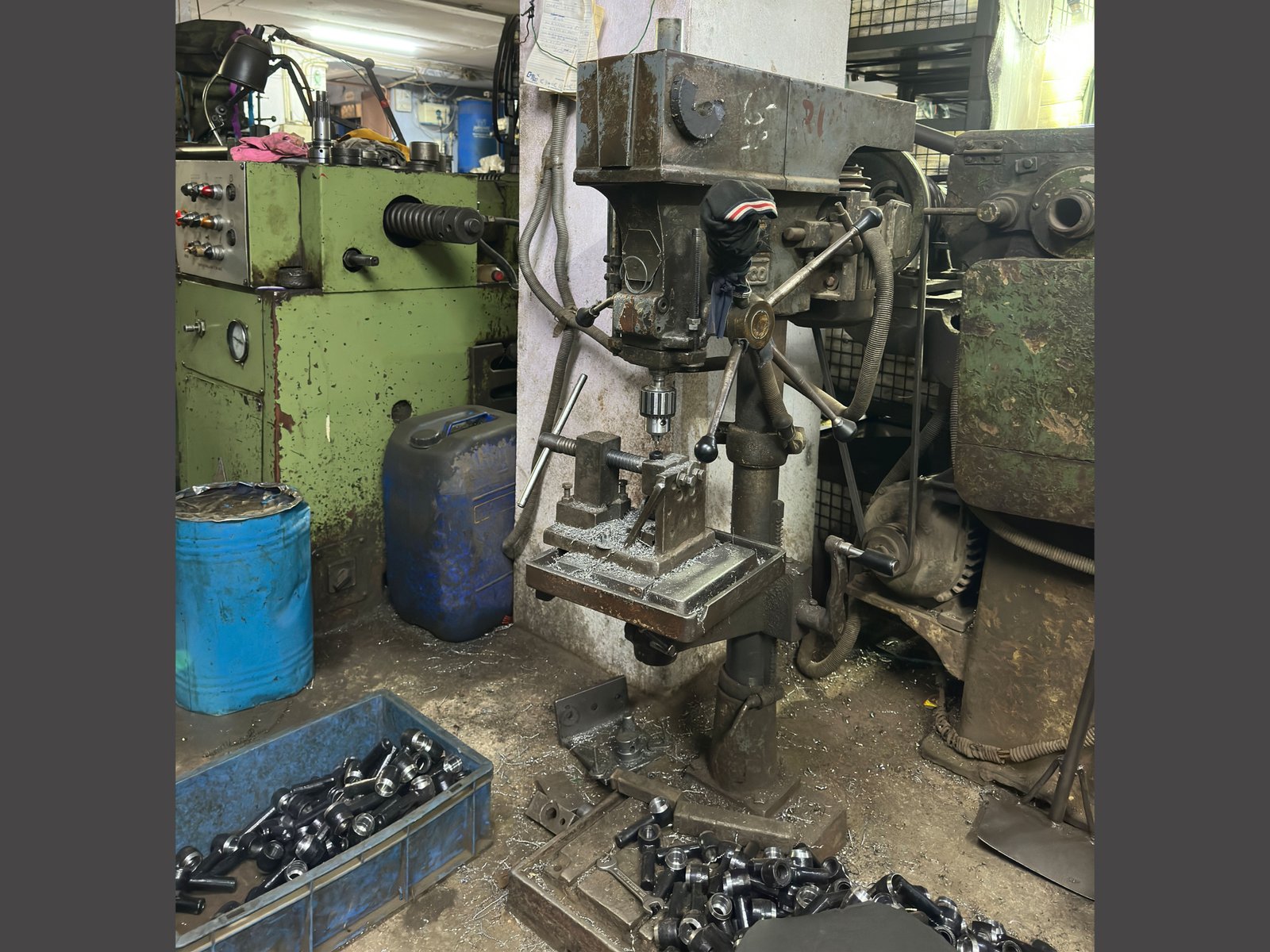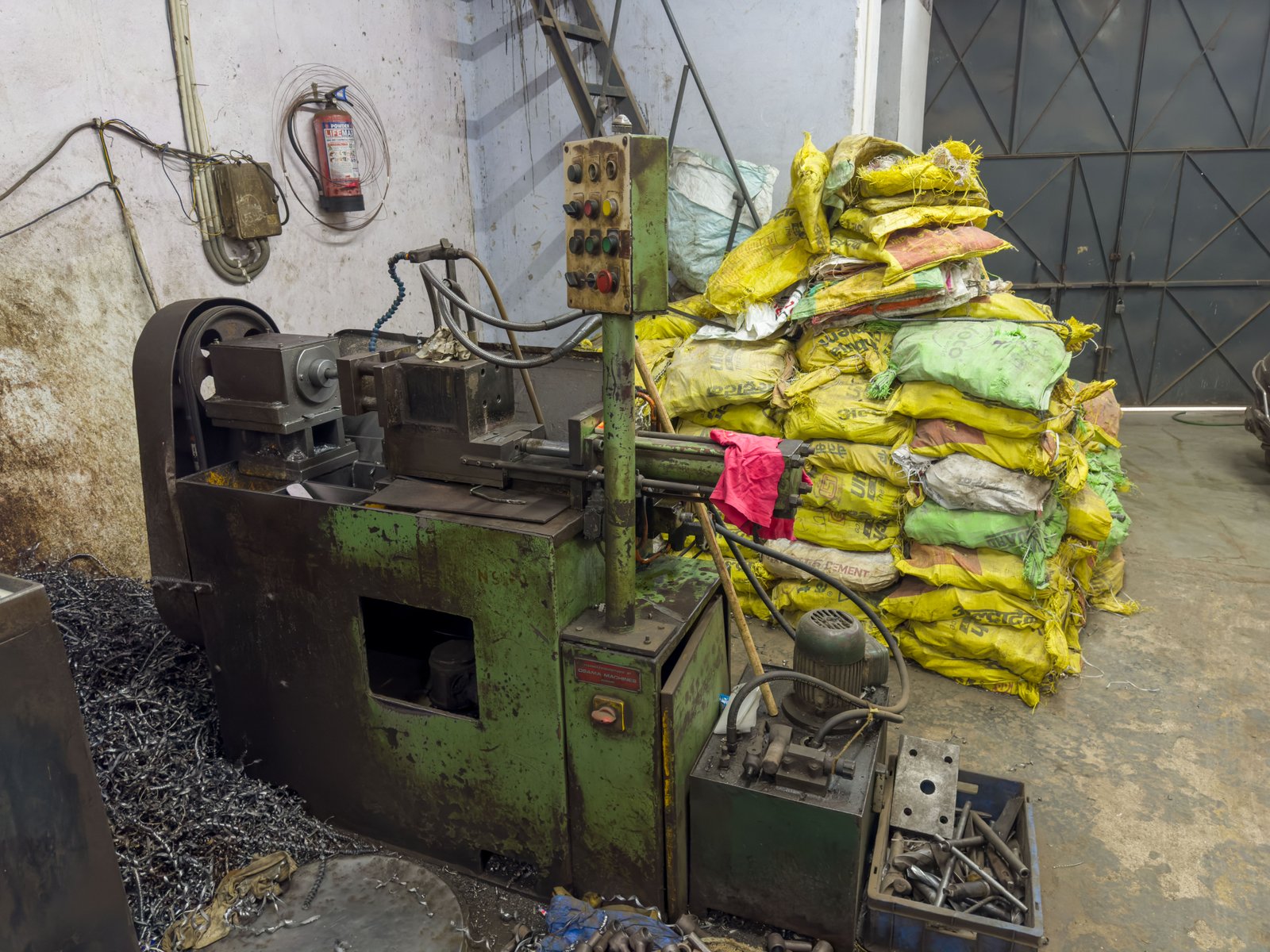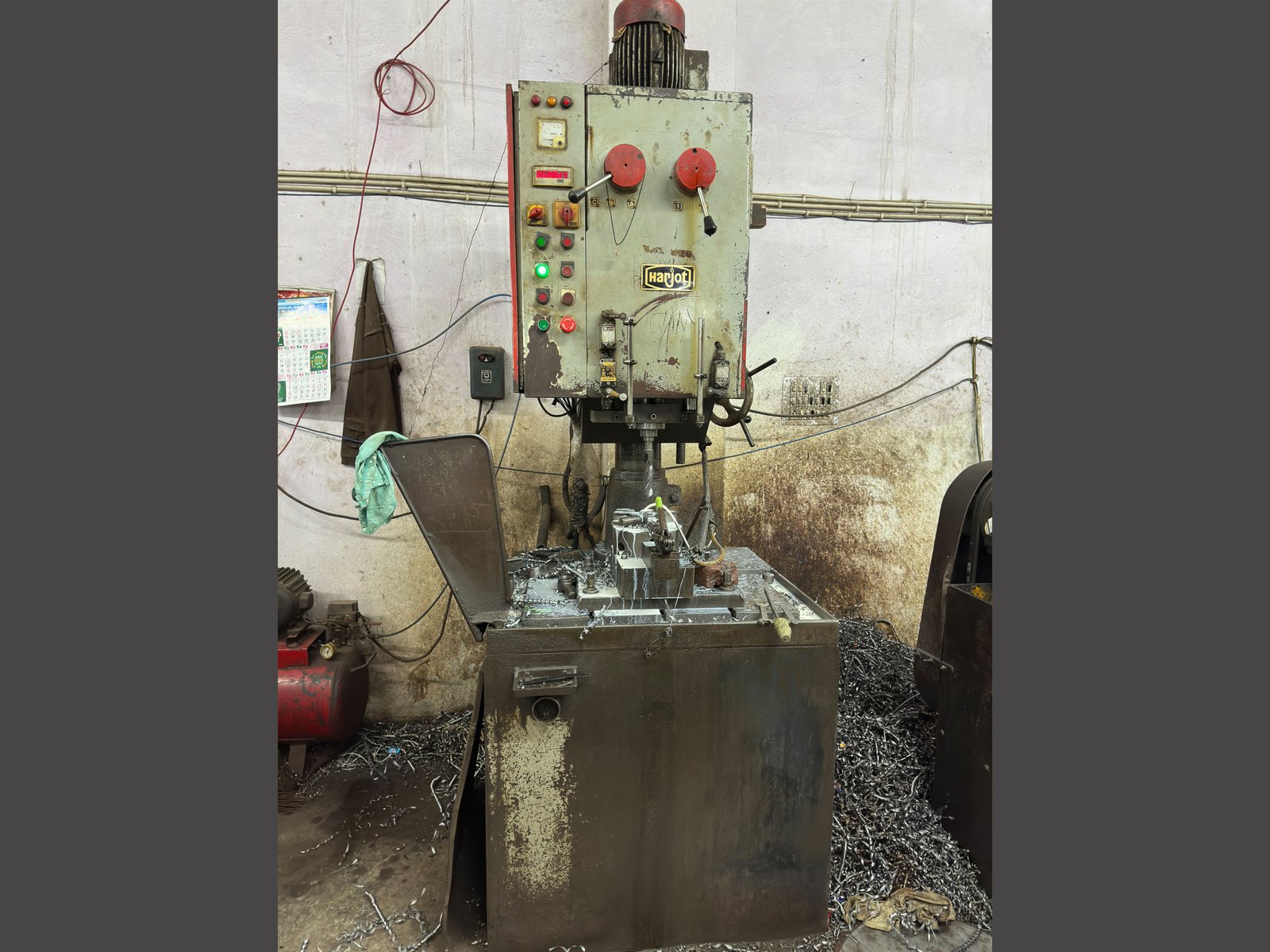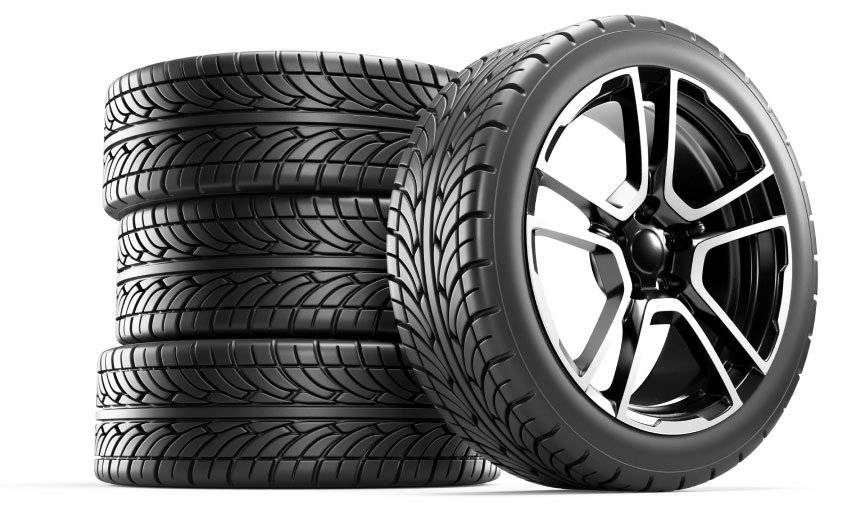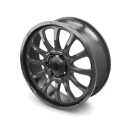Infrastructure
Our infrastructure is equipped with advanced machinery, precision tools, and a well-organized production setup to ensure efficient manufacturing of heavy commercial vehicle spare parts. Designed for reliability and scalability, our facility supports seamless operations, enabling us to meet industry demands with consistency and excellence.
CNC Turning Machines
CNC Turning Machines operate by securing a workpiece in a chuck or collet and rotating it at high speeds while a stationary cutting tool removes material to achieve the desired shape. The entire process is controlled by a computerized system that follows pre-programmed instructions (G-code) to ensure precision.
Key Components of a CNC Turning Machine
• Headstock – Houses the main spindle and drive system that rotates the workpiece.
• Chuck or Collet – Holds and secures the workpiece during machining.
• Tool Turret – Holds multiple cutting tools that can be changed automatically for different operations.
Grinders
Grinders are essential machining tools used for precision material removal, surface finishing, and shaping of workpieces. They are widely used in industries such as automotive, aerospace, metalworking, and manufacturing, where high accuracy and surface quality are required.
Types of Grinders
• Centerless Grinders :– Used for mass production of cylindrical parts without the need for a center fixture.
• Internal Grinders :– Specialized for grinding the inner diameter (ID) of a workpiece.
• External grinders :– External grinders are specialized grinding machines designed for precision machining of external surfaces on cylindrical or tapered workpieces.
• Grinding Wheel :- A grinding wheel is an abrasive tool used in grinding machines to remove material from a workpiece, achieving high precision, fine surface finish, and sharp edges.
Mechanical Lathe Machines
A mechanical lathe machine is a fundamental machining tool used for shaping, cutting, drilling, knurling, and turning various materials, primarily metals, wood, and plastics. These machines are widely used in automotive, aerospace, metalworking, and general manufacturing industries to produce precision components.
A lathe machine operates by rotating a workpiece while a cutting tool moves along it to remove material. The workpiece is clamped in the chuck or between centers, and the cutting tool, mounted on the tool post, removes material in a controlled manner to achieve the desired shape and dimensions.
Horizontal and Vertical Drilling Machines
Drilling machines are essential tools used in manufacturing, construction, and metalworking industries for creating precise holes in metal, wood, plastic, and other materials. They come in different configurations, with horizontal and vertical drilling machines being two of the most commonly used types.
Key Features
•The spindle is mounted horizontally or vertically.
•Workpieces are clamped on a table or fixture.
•Suitable for large and heavy workpieces.
•Often used for deep hole drilling, reaming, and tapping.
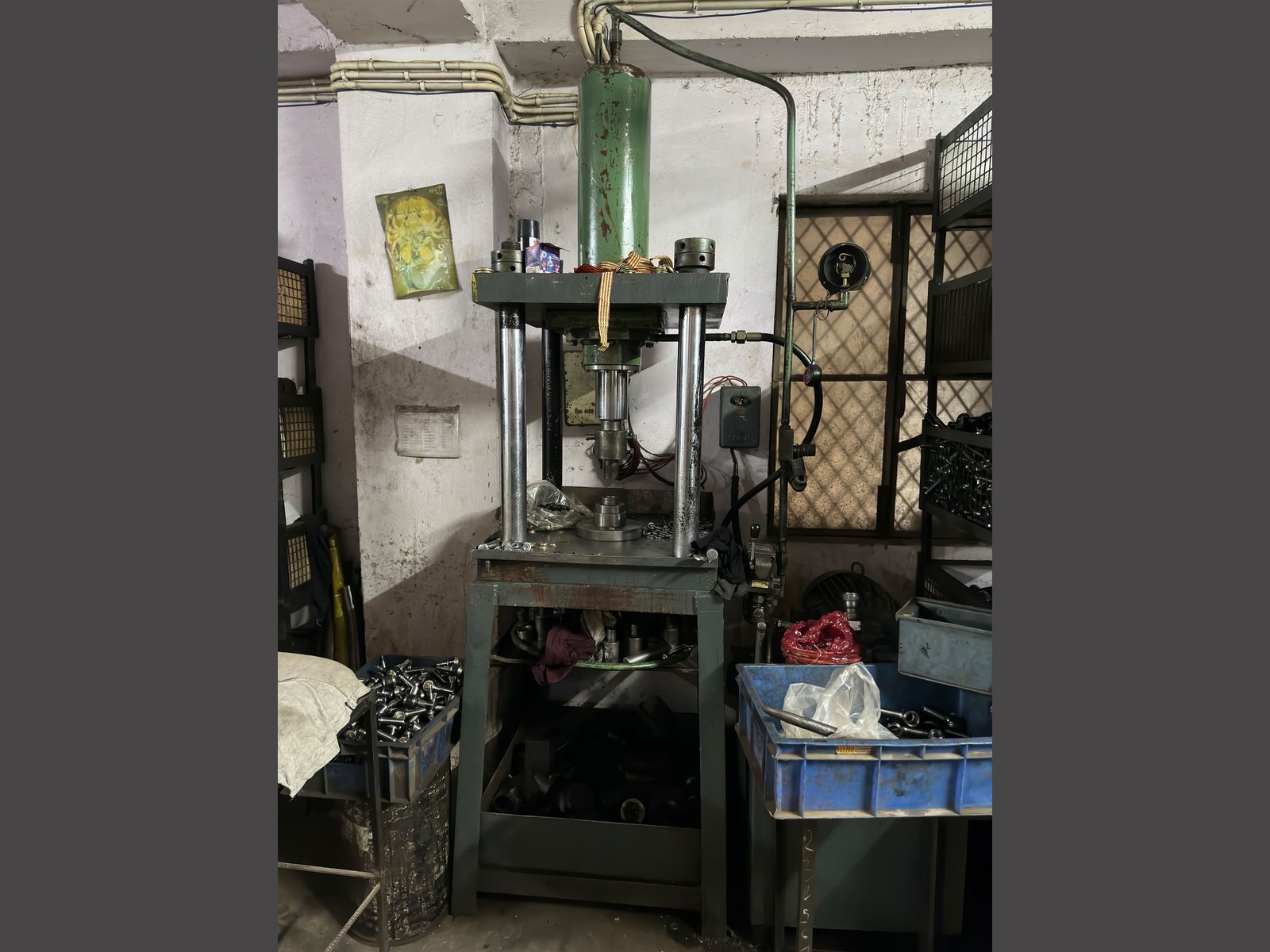
Hydraulic Press
A hydraulic press is a powerful machine that uses a hydraulic cylinder to generate force for pressing, shaping, compressing, and forming materials. It operates based on Pascal's Law, which states that when pressure is applied to a confined fluid, it is transmitted equally in all directions.
Hydraulic presses are widely used in automotive, aerospace, metalworking, manufacturing, and construction industries for applications like metal forming, forging, molding, deep drawing, and assembling.
A hydraulic press consists of a hydraulic cylinder, pump, and fluid reservoir. When the pump forces hydraulic fluid into the cylinder, it moves a piston that applies force to the workpiece. This system can generate tons of pressure, making it effective for industrial applications.
Horizontal Milling Machine
A horizontal milling machine is a machining tool used for cutting, shaping, and drilling materials like metal, wood, and plastic. Unlike a vertical milling machine, the cutting tool (milling cutter) is mounted on a horizontal spindle, allowing it to remove material from the workpiece more efficiently. This design makes it ideal for heavy-duty milling operations, high-speed machining, and bulk material removal.
Working Principle of a Horizontal Milling Machine
•The workpiece is securely clamped onto a table that moves in multiple directions (X, Y, and Z axes).
•A rotating milling cutter, mounted on a horizontal arbor, cuts through the material.
•Some machines have a universal table, allowing the workpiece to be tilted for angular cuts.
